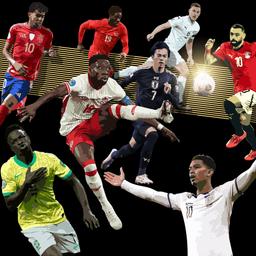FIFA’s Club World Cup Is an Audacious Bet on Limitless Growth—and Greed
Taking place almost exactly a year before the 2026 World Cup, and also hosted in the United States, the newly-revamped competition is a litmus test on the supply and demand for global soccerOne way or another, Lionel Messi had to play in the Club World Cup, because the newly expanded FIFA event needed all the star power it could gather up.
And so when Inter Miami won the 2024 Supporters’ Shield for Major League Soccer’s best regular-season record, FIFA president Gianni Infantino took to the stage during the celebration to announce that Messi’s pink-clad club had earned a place at the tournament. Even if, in doing so, FIFA reportedly overrode the wishes of MLS, which wanted to send its actual champion—the winner of the MLS Cup playoffs—to this summer’s soccer bonanza, which will be held stateside from June 14 to July 13. It’s a precursor of sorts to the actual World Cup, also held in the United States (along with Canada and Mexico), next year.
The thing about Infantino is that he loves the World Cup, as a general concept. Ever since he was elected to lead the governing body of the world’s favorite sport in 2016, the 55-year-old Swiss has tried to make more World Cups or to make them bigger. He tried to double their quadrennial cadence by pushing to hold the tournament every other year, arguing that the hope and excitement that more World Cups would bring might convince African migrants not to cross the Mediterranean and drown in the sea. The women’s World Cup ought to be every two years as well, he figured. When neither effort went anywhere, Infantino tried to sell an every-three-years World Cup, to no avail. Instead, he settled for a World Cup that will span an unprecedented three countries in 2026, mushrooming from 32 teams up to 48, and then will take place across six countries and three continents in 2030—perhaps, it has already been proposed, expanding to 64 teams.
This all makes a kind of self-preserving sense. Broadly speaking, the FIFA president’s job is to find new revenue sources and keep the money flowing to the 211 domestic member associations that elect him. In 2026, these national soccer bodies are each budgeted to receive as much as $1.25 million to run their operations and $3 million over a four-year cycle to develop soccer in their countries. The World Cup is the economic engine that powers this whole enterprise, with FIFA projecting $8.9 billion in revenue from the tournament in 2026 alone.
Since his various plans to mint more of the regular kind of World Cup were foiled, Infantino settled for a different sort of contest: a Club World Cup. The last edition of that tournament, long something of an afterthought on the club soccer calendar, was played in Saudi Arabia in 2023 and pitted seven teams against each other over seven games. The next one, kicking off at Miami’s Hard Rock Stadium on Saturday, will have 32 teams playing 63 games in a group stage–to-knockout format similar to the conventional World Cup. That will give the Club World Cup the same number of teams as, and just one fewer match than, the last standard World Cup in Qatar in 2022.
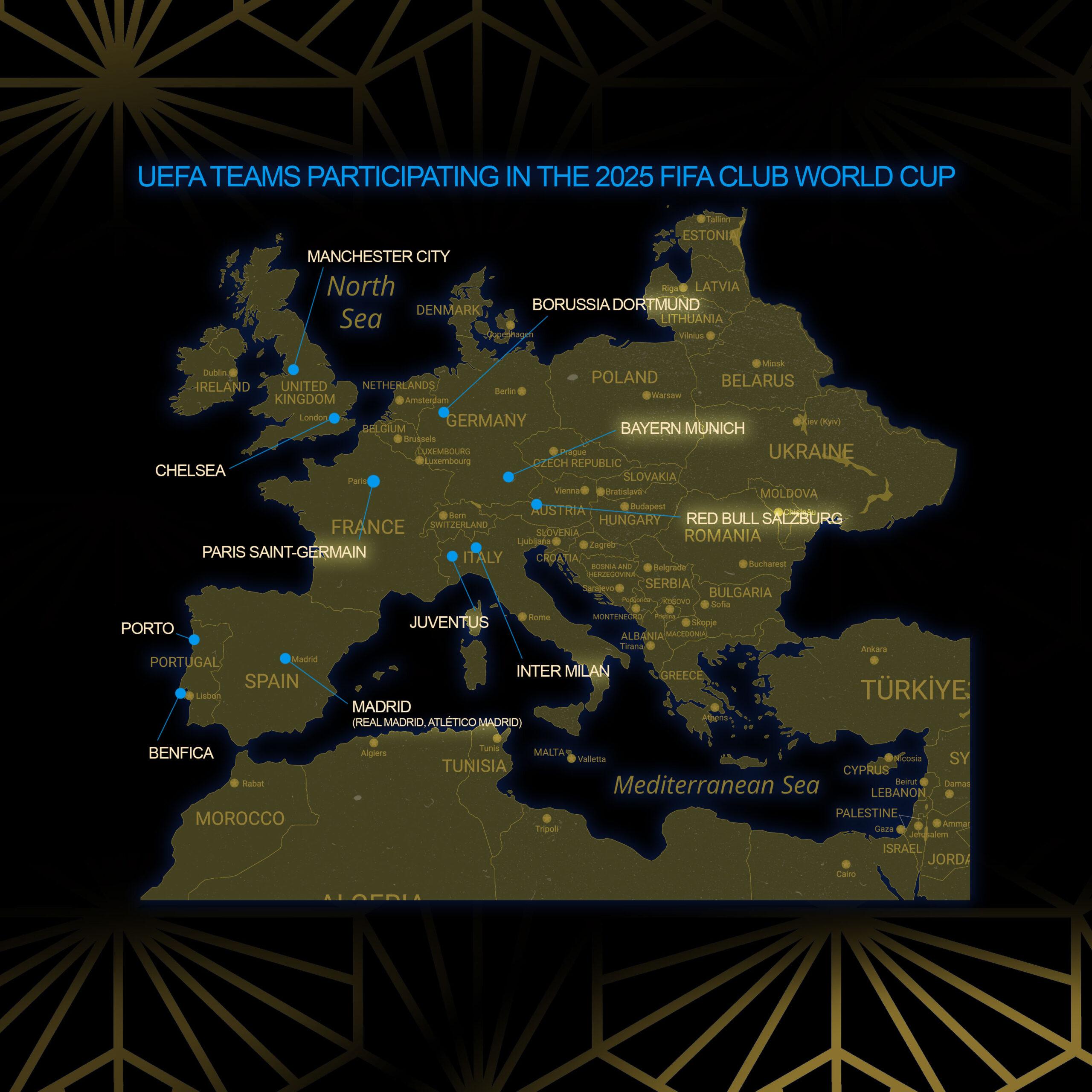
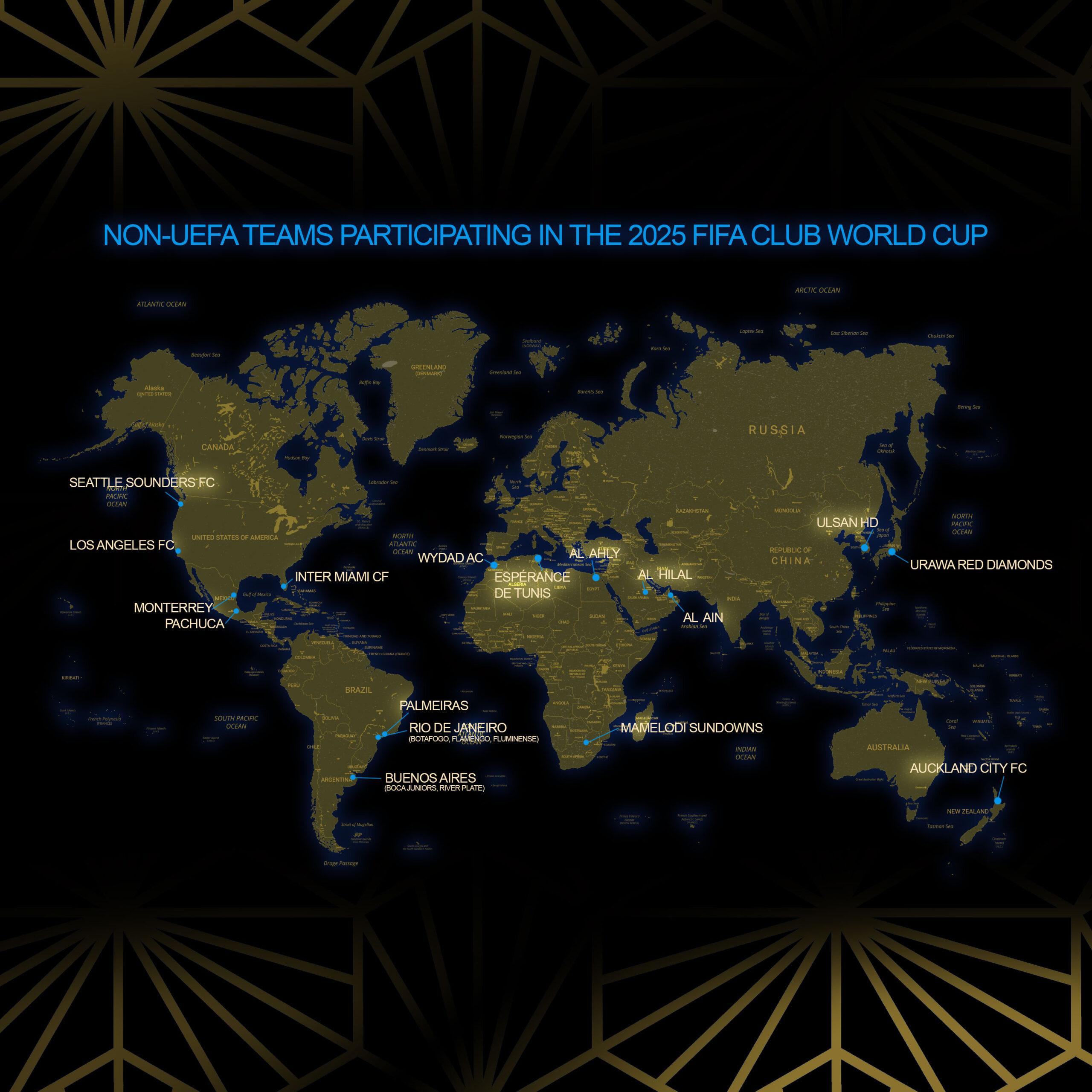
This aggressive expansionism has invited a reckoning. Interest from sponsors, broadcasters, and fans has been tepid. A number of players—many of them just a few weeks removed from the conclusion of their long, grueling club campaigns—and their labor unions are openly hostile to this steroidal tournament. And while the clubs themselves have largely stayed quiet on it—their misgivings soothed by a billion-dollar pot of prize money, with $125 million going to the winners and the rest distributed on a basis of participation and performance in the tournament—there is no tangible momentum or excitement for this thing, in spite of Infantino’s extensive American media tour.
More than ever, the world’s most popular sport is on a collision course with its own unchecked capitalism. And a year out from the World Cup proper, the Club World Cup will be a kind of litmus test for global soccer. Is FIFA’s working assumption, that demand for elite soccer is basically infinite, correct? Is the goose that lays the golden eggs really unkillable, no matter how much production you force from it?
Or is a bubble about to burst?
For decades, soccer's administrators have run the same play for growing their sport and its revenues: more soccer. More games. More tournaments. Bigger tournaments. More, more, more.
As recently as the early 1990s, the World Cup comprised 24 teams and the European Championship just eight, and the UEFA Champions League, club soccer’s hallmark event, was a straight two-leg knockout tournament. When AC Milan striker Marco van Basten won his third Ballon d’Or award after a 25-goal 1991-92 campaign in Serie A, he had played what was, for him, a fairly typical 3,228 minutes over 38 games for his club and had appeared in seven more games for the Netherlands. When Messi won his fifth Ballon d’Or in 2016, he had logged 5,062 minutes for FC Barcelona in 57 games in 2014-15 and another 716 minutes over eight appearances for Argentina in 2015. Messi would play at least 4,000 minutes five more times over the next six club seasons. By age 24, Real Madrid and France star Kylian Mbappé had played 26,952 competitive minutes of senior-level soccer, 48 percent more than France’s last iconic forward, Thierry Henry, had at that age, according to international player union FIFPRO.
Meanwhile, the intensity continues to climb for players in a game that puts ever more emphasis on pressing. The amount of high-speed running in elite men’s soccer went up by 29 percent over the past 15 years, according to a 2023 study conducted by researchers at the Juventus Football Club’s sport science and R&D department and at several universities across Europe and Australia. The number of shorter sprints jumped by 50 percent over that same period. Separately, the Financial Times reported that sprints boomed by 80 percent from 2006 to 2023. The eye test supports this—watch a game, any game at all, from the 1990s, and you’ll be stunned by how slow it looks.
The overburdening of players at the top end of men’s soccer was already a slow-moving crisis. And now FIFA has gone and plopped a massive tournament in the middle of the players’ brief period of respite—a monthlong event, whereas the old, smaller Club World Cup was played over 10 days in December. Both the new English Premier League season and Spain’s La Liga are slated to begin on August 16, meaning that if Manchester City, Chelsea, Real, or Atlético Madrid reach the final, they will have just 34 days between club campaigns. Soccer is the only major team sport in which the elite players get so little time off.
Players are breaking down. According to the men’s European football injury index, there were a record-high 4,123 injuries across the top divisions of England, Spain, Germany, Italy, and France in the 2023-24 campaign. The number of injuries has ticked up every year since the index was first produced in 2021.
The situation is becoming untenable. Players and coaches are speaking out about the schedule congestion, arguing that the players’ safety and well-being suffer and that, besides, the quality of the games is diminished because of their exhaustion. Rodri, the reigning Ballon d’Or winner, has mused about a player strike in response to FIFA’s expanded calendar, a sentiment echoed by other players. Manchester City’s Kevin De Bruyne was perhaps the most candid in his assessment of the sport’s authorities and their concern for player welfare. “They don’t care,” he said. “It’s the money that talks.”
Even Infantino’s predecessor as FIFA president, Sepp Blatter, who is banned from participating in FIFA activities as a result of a high-profile corruption case, has become a critic of the endless expansion. “Now it’s all too much,” he told The Guardian. “There are too many games. And too many teams in the tournaments.”
In October, the FIFPRO Europe players union filed a complaint against FIFA with the European Union, arguing that the global governing body abuses its power over the calendar for its own benefit. “The Club World Cup is the latest escalation of a trend in which tournaments have been added or expanded unilaterally without any consultation with the players responsible for putting on a show,” says David Terrier, FIFPRO Europe’s president. “FIFA’s decisions on the match calendar in recent years have repeatedly favored its own competitions and commercial interests and neglected its responsibilities as a governing body, including its responsibility to protect players and their wellbeing.”
The other thing is that, by jamming in this bloated Club World Cup, the toppling dominoes of overtaxed players will not just tumble into next season but also crash into FIFA’s own signature event next summer. “The congested calendar is already having an impact on the availability of players for their clubs and national teams,” says Terrier. “And we will continue to see more injuries and forced absences of players in the coming season ahead of the 2026 World Cup.”
Played over 39 days, the 2026 World Cup will be the longest ever and, at 104 games, exactly twice as big as the last edition staged in the United States, in 1994.
Here’s the generous view of what the Club World Cup represents: an opportunity to tilt the sport away from its Eurocentric structure. By staging a major tournament during a down period in the calendar, FIFA will give clubs from other parts of the world a chance to show themselves on a global stage, to enjoy a taste of the riches and the hyper-focus usually hogged by the juggernauts in Europe’s soccer capitals.
Now here’s the more cynical take: The Club World Cup isn’t primarily, or even secondarily, intended to provide some new and fresh way to determine which soccer club is the best in the world. Such an event already exists in the UEFA Champions League, and it is highly rigorous in determining the year’s top team.
Certainly, soccer clubs exist outside Europe, but not, as a rule, better ones. Soccer’s unfettered player market sees to it that all the top talent concentrates within the wealthiest teams—in Europe. This economy is remarkably efficient at funneling standout players to the next level and reassigning those who don’t quite make the grade back to whatever level they belong in. Which is to say that in the year 2025, there isn’t some mythical non-European team with a roster stacked with overlooked and undervalued players who, for reasons known only to the tempestuous soccer gods, never made it to Europe. The chances of a team from Asia or North America or even the soccer-obsessed nations of Brazil and Argentina winning the Club World Cup are virtually nil. It will be a major upset if a non-European team even makes the semifinals.
This is a tournament that will be won by one of the dozen European entrants. That is why there are 12 of them, after all, versus six teams from South America, four apiece from Asia and Africa, one from Oceania, and five from North America, as the host region.
The European clubs are the point. Getting Europe’s powerhouse teams and their money-spinning matchups into a FIFA event is the main thing. Only a few of the 63 games played at the Club World Cup will draw a global and eager audience, when the game’s true royalty faces off with an unprecedented pot of prize money on the line. But that’s where the value is. Everything else, all the other matches, is essentially just window dressing.
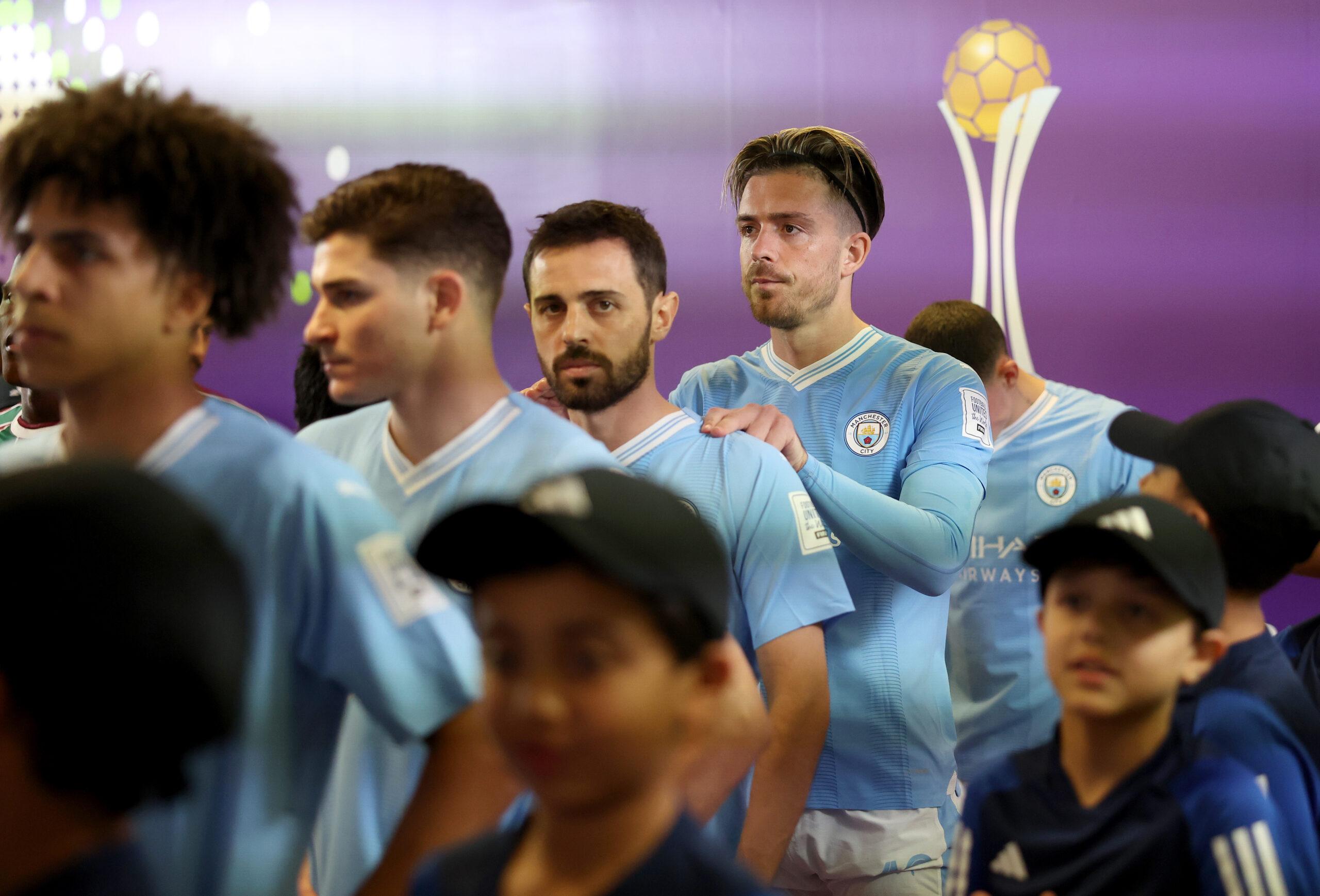
As the global game’s governing body, FIFA seems to consider itself the rightful steward of the sport’s bottomless well of money. And in the World Cup proper, it controls one of soccer’s biggest money drivers. But the World Cup occurs only every four years, and much of the quotidian gush of cash, fueled by the most marketable games, flows through the top domestic leagues and, more to the point, the Champions League—under the control of UEFA, Europe’s continental governing body. The latter has spent the past few decades fighting off various attempts by the top clubs to form a breakaway league—usually called a Super League or some such—and claim more of the cash for themselves. Now FIFA is trying to get in on that action as well by inflating a competition that chases after the same money.
“You’re seeing a fight going on between UEFA and FIFA about who controls the revenues from the big games,” says Stefan Szymanski, professor of sport management at the University of Michigan and coauthor of Soccernomics. “There is a limited supply of those very big games that will attract the audiences. UEFA is a minority within FIFA, but it has most of the money. FIFA hates this. Infantino is a mini-Trump, and he wants to rule the world. Anything he can do to try to undermine the Champions League and try to replace it with a FIFA product is something he’s going to do.”
In the fight for that money, fans are caught in the cross fire. “It seems like this tournament is more of a money grab than connecting soccer with its supporters and fans while leaving a lasting legacy,” says Bailey Brown, president of the Independent Supporters Council North America, which advocates for the fair treatment of fans. “The ticket pricing is incredibly unreasonable. I think that the American fan is being treated the way American fans are always treated. We are seen as a cash cow.”
Brown is hardly wrong. The reason the United States will have hosted two Copas América, a Club World Cup, and a World Cup within the span of a decade isn’t just that it’s the world’s richest market but that it’s also the market that will most reliably spend its disposable income on live sports, no matter the price tag. Tickets, of course, are priced accordingly. At the time of writing, the cheapest seats for the Club World Cup opener between Inter Miami and Al Ahly at the Hard Rock Stadium were for sale at $61, after a series of price cuts. Getting into the building for the final at the MetLife Stadium in East Rutherford, New Jersey, would cost you at least $734 per person.
This prohibitive pricing is a concern for the fan groups of the few home teams this tournament will include. “It’s a huge opportunity for us to be hosting on a stage that really no other team in MLS has been on before,” says Seattle Sounders fan Shawn Wheeler of the Emerald City Supporters. But when prices were initially announced, Wheeler and his fellow members were disappointed to learn that tickets in the supporters’ end for their team’s three group-stage games would add up to $516—more than a Sounders season ticket. “The biggest thing that we’ve heard from our members is ‘I can’t afford to go, and I don’t know that I want to go,’” Wheeler says. “Nobody really is that excited about the whole idea of the tournament.”
It just doesn’t seem like the Club World Cup is really for the fans of the teams that are in it. One Sounders game kicks off at 3 p.m. local time on a Thursday; another is at noon on a Monday. “We know that when the campaigns to host these tournaments are put together, supporters are a big part of what’s shown,” Wheeler says. “Our tifo displays, our big choreography, our flag waving, our songs. But then the people who make that environment happen are going to be priced out of these games. And that’s really disappointing and infuriating for us.”
Even Sounders players themselves are unhappy with the situation, in part because of what they perceive to be an unfair participation bonus for players from the $1 billion prize pot. At the warm-ups ahead of a recent match, they donned shirts that say “Club World Cash Grab” and depict the Monopoly Man wearing a hat with the letters “MLS” and holding a bag of loot embroidered with FIFA’s logo.
When it comes down to it, the Club World Cup is essentially a bet that if there even is an outer boundary to how much high-level soccer people will pay to watch, it hasn’t been met yet—that there is more money out there to be mined.
The origin story of the Club World Cup is a parable for modern soccer itself. It isn’t a new competition, exactly. The first stab at it was held in 1887, when the winners of the English and Scottish leagues faced off for the rather grandiosely titled Football World Championship. (They were the planet’s only formal leagues, after all.) Beginning in 1960, the winners of Europe’s Champions League and South America’s Copa Libertadores played a single game for the Intercontinental Cup, as it was called then. In 2000, the renamed Club World Cup grew to seven teams, including every continental champion, but remained a largely unloved wintertime sideshow. Still, when Infantino took power at FIFA, he saw opportunity in it. A 24-team summertime edition was planned for China in 2021 but scuppered by the COVID-19 pandemic. Now, he has pushed through a 32-team version. The trophy, a golden upright disk that breaks into rings with a special key—which was unveiled on President Donald Trump’s Resolute Desk in the Oval Office—has Infantino’s name on it. Twice. One engraving credits him as the tournament’s “founding president,” the other as its inspiration.
Was there a loud clamor for such a tournament? There was not. Did fans debate about who was really the world’s best club team? They did not. The Club World Cup is a solution in search of a problem.
FIFA, of course, feels differently. “The FIFA Club World Cup will usher in a new era for club football worldwide,” FIFA told The Ringer in a statement. “It will be the greatest, most inclusive and merit-based global club competition in history, bringing together the most successful club sides from every continent to decide the true world champion at club level. FIFA’s duty is to develop the game globally and this new competition is in the best interests of football around the world.”
Be that as it may, there doesn’t seem to be much of an organic interest in it from any of those expected to play in it, watch it, air it, or sponsor it.
FIFA’s regular TV partners reportedly weren’t willing to pay anything close to what Infantino expected them to, suggesting that they saw no robust audience for the tournament. A global broadcast deal with Apple for which FIFA demanded $4 billion fell apart, and instead, sports streamer DAZN paid $1 billion for the global broadcast rights; it will air the games for free on its own service and sublicense them locally.
A couple of months after that deal was done, Saudi Arabia’s Public Investment Fund—through which the Saudi kingdom and its crown prince, Mohammed bin Salman, have been currying Infantino’s favor for years, culminating in the awarding of the 2034 World Cup to Saudi Arabia—revealed that it had bought a minority stake in DAZN for $1 billion. FIFA then announced that the total prize pot for the tournament’s entrants would also be $1 billion.
The usual sponsors for FIFA events were slow to materialize. Visa, for instance, was not announced until May 6, less than six weeks before the tournament’s start. Qatar Airways was not confirmed until June 4, just 10 days before the opener. FIFA disputes the lack of excitement among broadcasters and sponsors, calling the tournament, in a statement to The Ringer, “an attractive proposition for potential commercial partners, as reflected by the growing list of top brands that are partnering with FIFA and the landmark free-to-view deal signed with DAZN and the numerous sub-licensing agreements already announced in key markets.”
FIFA has not disclosed ticket sales numbers, but the glut of tickets still for sale a few days ahead of the tournament suggests that interest in those is slack, too. Tellingly, in its zeal to shift tickets, FIFA created a bundle that guarantees 2026 World Cup tickets to anyone who buys a ticket pack for the Club World Cup, through a complicated structure with reams of small print.
Chances are good that fans will buy seats for the better games—Americans are reliable suckers for the half-hearted preseason friendlies that Europe’s most glamorous clubs play stateside, after all. But will anyone go to see Ulsan HD play the Mamelodi Sundowns? Or Wydad AC face off with Al Ain? FIFA has dropped ticket prices for its less appealing games several times already—per The Athletic, those $61 tickets to the opener were initially on sale for $349 in December.
In a sense, the Club World Cup, like the last prospector to show up at the gold rush, is speculating on a boom that is already over. “The sports media rights market has gone up and up and up over a long period of time,” says Omar Chaudhuri, chief intelligence officer of the Twenty First Group, a sports advisory firm that has worked with most of Europe’s major leagues and MLS. “And that was broadly a reflection of the fact that sport was not commercialized for a very long period. You had this thing that was culturally very popular, and the players weren’t making that much, the owners weren’t generating that much. We reached a point, 10, 15 years ago, when you had a kind of gold rush in sport. Sport didn’t really have to worry about its product. People realized how much we’re willing to pay for it. But what we’re seeing post-COVID is a kind of plateauing of media rights, and you’re getting a stratification of sports properties.”
As in all barely regulated economies, the spoils accrue to the biggest and richest in a zero-sum game. The smart money rushes to the Premier League and the Champions League, while even some of Europe’s legacy soccer leagues, like France’s and Italy’s, cling to what’s left of their market share.
“You’ve got this ecosystem that is beginning to push at each other and beginning to creak,” says Chaudhuri. “Everyone is making a land grab, hoping that their competition wins out, but, actually, in the end, it might begin to destroy the whole thing. I’m not sure there’s a latent audience for [the Club World Cup] to tap into. It just seems like there’s no strategic thought to it, and therefore I don’t really expect it to do well commercially at all, to be honest.”
The trouble, reckons Szymanski, the soccer economist who penned Soccernomics, is that the newfangled tournament hasn’t solved the fundamental problem afflicting other competitions, which is that only a few teams will make for compelling matchups. “Little teams against big clubs is not really that attractive,” he says. “The Club World Cup has always seemed like a bridge too far. It doesn’t really work as a concept, but that won’t stop them trying.”
In the end, what makes the World Cup, the one played between actual nations, so valuable as a property is that no matter how controversial the latest edition gets—and a great many of the previous 22 World Cups have been controversial in one way or another, ever since Benito Mussolini co-opted the 1934 tournament in Italy to glorify his fascist regime—most people just sort of forget what they’re upset about once the games start.
The chances that the Club World Cup will cannibalize the following summer’s World Cup proper are vanishingly small. Fans aren’t stupid; they know the difference. But this summer’s beleaguered bonanza will likely widen the chasm that already yawns between the high end of the sport and most of its fans. While soccer was codified by prep school boys in England, it was popularized the world over by the working class. If the Club World Cup does manage to become something of a financial success, FIFA will likely be emboldened to price the 2026 World Cup as a luxury good, available only to those who can afford to spend what for some is a month’s rent.
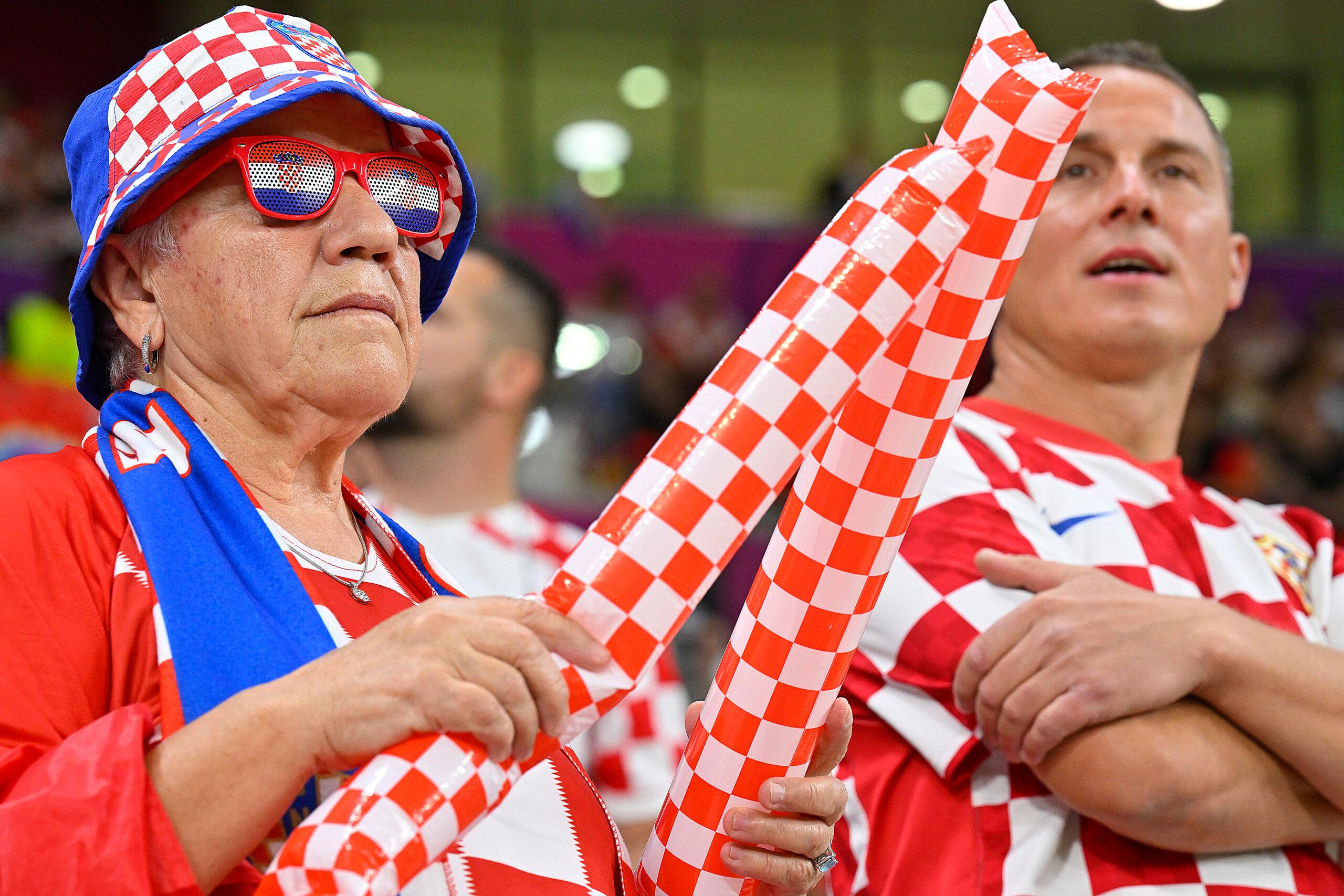
“We are honestly terrified, and I think many very loyal soccer supporters in the United States and Canada have already resolved themselves to knowing they won’t be able to afford to go to a [2026 World Cup] game,” says Brown, the president of the Independent Supporters Council North America. “While we aren’t sure what ticket pricing may look like, our gut says it won’t be fan friendly. If the Club World Cup is any indication, we expect the World Cup to be higher.”
General ticket prices for the 2026 World Cup haven’t been announced yet, although luxury-box packages starting at $3,500 and running up to $73,200 recently went on sale. The U.S.-Mexico-Canada bid book promised an average group stage ticket price of $305. Mind you, those estimated prices were published in April 2017 and before, well, inflation.
“FIFA is trying to bilk us Americans for money,” says Szymanski. “FIFA always dreamt of breaking America. Certainly, that is working up to a point. The question is, is [soccer] going to stick now with Americans, or is this just a temporary thing and is disillusion setting in?”
If fans are despairing over greed, this isn’t just an American condition. Dan Silver, a leader of the Chelsea Supporters Trust and its tens of thousands of members, won’t be going to cheer on the London-based Blues at the Club World Cup. Neither will many of his fellow Chelsea fans, he expects, not even those who live in the United States.
“Dress it up how you want, but it’s a pointless tournament,” he says. “We don’t really need it. There’s just too much football. The Club World Cup, for me, is utterly ridiculous. It’s a glorified friendly. I might be watching; I might not. If it’s West Coast [time], no.”
Silver usually goes to Chelsea’s games with about two dozen other fans. Not one of them plans to come to the United States to watch their team fight for a world championship.

